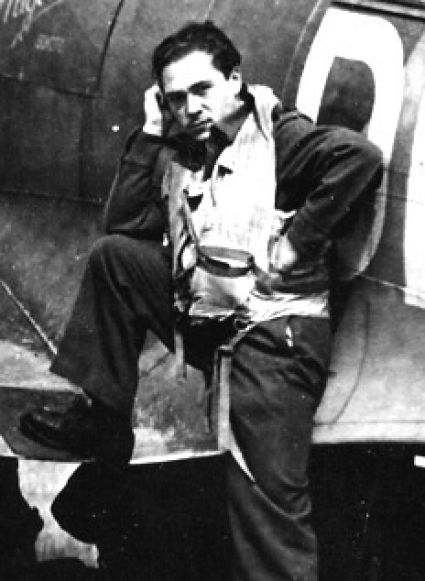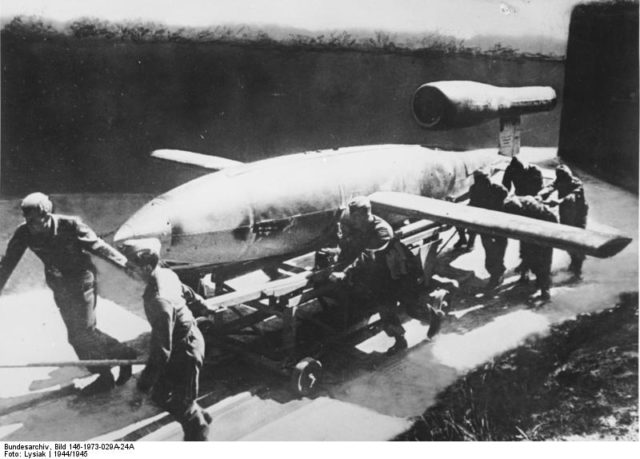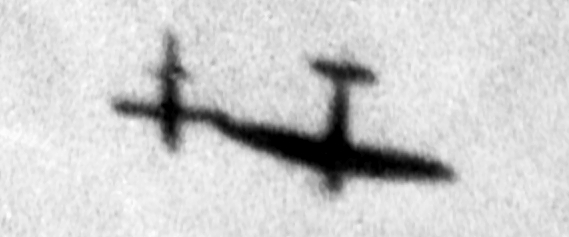Nowadays we are used to news stories of people blowing themselves up in public for various political reasons. Though generally perceived as desperate moves, opposite sides present those acts as either insanely brutal or insanely brave.
Nevertheless, it is mostly innocent civilians that get wounded or killed. This is the story of a young man who sacrificed himself in order to save countless lives – by flying straight into a cruising missile.
Jean Maridor was born in 1920 to a modest family in a small town in Normandy. From early childhood, he was enthusiastic about airplanes. His family background might have prevented him from pursuing education, but he was serious about his passion. While apprenticing for a hairdresser, he took lessons at a local flying club and by his lawful age he got his brevet A.
In May 1939 he joined the French Air Force. In September, World War II broke out. By the end of that month, he became a certified military pilot and was soon faced with a task to destroy his own aircraft due to an armistice between France and Germany.
He refused and decided not to join the ranks of the newly formed pro-Nazi Vichy French Air Force. Instead, he responded to the call of General De Gaulle and joined the Free French Forces that fought against the occupation. Thus he got on a boat to Britain where he continued his training under the wings of RAF.
In October 1941 he obtained his first aerial victory. Four months later he was promoted Officer and joined the No. 91 Squadron, where he got to fly the Supermarine Spitfire single-seat fighter plane.
His talents proved indispensable, but his courage was yet to be admired. During the course of the next two years, he sank 60 enemy ships and took part in many air battles.

Fast-forward to 1944 and Hitler’s growing frustration with not being able to overcome England and the Allied forces. Inferior tactics were to be superseded by superior weapons. Thus a V1 flying bomb came to be. It was the first pulse-jet powered cruising missile, designed specifically for terror bombing of England. In total, V1 bombs murdered 6.184 Englishman and woman and seriously wounded 17.981. 750.000 houses were destroyed or damaged.
The seriousness of this threat led to innovative defense tactics. Some of them were highly risky since the machine guns had little effect on the steel armor of the bomb and attacking them from a small distance could prove suicidal due to the potency of the explosive. The best and bravest of pilots would operate within so-called ‘Diver patrols’.

The No. 91 Squadron came up with the most original and dangerous solution. They would literally approach the airborne missile, and despite the turbulence and the fact that the bomb could detonate at the slightest touch, slide their wing under the wing of the bomb and derail it away from the populated area. Jean was among those who effectively derailed six V1s (plus one more with the help of another plain).

While patrolling the sky on 3 August 1944, Captain Jean Maridor spotted a V1 heading right for the Benenden military hospital. The bomb was too close. It was too late to use the tilting technique. With little time to act, he approached the bomb from behind in full speed and lit the sky over Benenden. A month later, the Allied forces overrun the launch sites located on the French coast and put an end to mass bombings by V1 missiles.
Jean Maridor’s life remains a testimony of passion and courage that were indispensable for the eventual defeat of the Nazi forces. His remains rest in his hometown of Le Havre.
